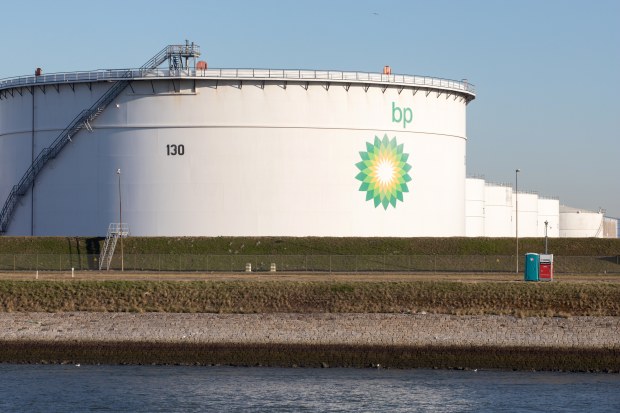BP has bought a big slice of the $US36 billion ($52.3 billion) Asian Renewable Energy Hub (AREH) in Western Australia’s Pilbara, putting the energy giant in the driver’s seat to bring the renewables and hydrogen project to fruition.
Despite the Morrison government last year blocking the green energy export project on environmental concerns, the British oil and gas major on Wednesday revealed it had taken a 40.5 per cent stake and would also become operator from July 1. A revised proposal would be submitted to deal with the environmental concerns.
No price was disclosed.

It appears shareholders InterContinental Energy (ICE) and CWP Global have sold down their positions to 26.4 per cent and 17.8 per cent, respectively, while entities owned by Macquarie Group have increased their exposure to 15.3 per cent.
Before BP came on board, ICE owned 46.4 per cent and CWP 43.9 per cent, while Macquarie’s stake was 7.3 per cent and wind turbine giant Vestas owned 2.3 per cent.
Set on a 6500-square-kilometre site in the East Pilbara, the AREH project is billed as potentially one of the largest renewables and green hydrogen hubs in the world when it is running later this decade.
Its backers plan to develop onshore wind and solar power with up to 26 gigawatts of generation capacity – about a third of all electricity generated in Australia in 2020 – for large energy users in the region, such as mines.
It will also produce green hydrogen by extracting the element from water using electrolysis. The project is slated to produce about 1.6 million tonnes of green hydrogen or 9 million tonnes of green ammonia a year for domestic use and exports.
Birds derail plans
In late 2020, when the Morrison government granted the AREH “major project status”, shareholder CWP said it would cost about $US36 billion. The partners are eyeing a final investment decision in 2025 before construction begins a year later.
But in June last year, then environment minister Sussan Ley deemed the project’s plans “clearly unacceptable” because of damage to an area critical to migratory birds.
A BP spokesman told The Australian Financial Review: “The environmental concerns identified by the Australian government are being considered by the project design team to find solutions ahead of resubmitting a revised proposal.”
In a statement, BP executive vice president of gas and low carbon energy Anja-Isabel Dotzenrath added that its investment – which had recently been speculated – reflected the company’s belief Australia could be a “powerhouse” in the world’s energy transition because of its existing infrastructure and abundant renewable energy resources.
BP is aiming to capture 10 per cent of hydrogen markets globally, and in May committed to another project in WA at the former Kwinana oil refinery involving green hydrogen, that could sit alongside another one at Geraldton.
The WA government, which this week revealed plans to retire its state-owned coal-fired power stations by 2025, has been promoting hydrogen’s potential, and is mulling a “renewable hydrogen target” for retailers in its main electricity grid to procure a percentage of electricity fuelled by hydrogen.
Alex Hewitt, CEO of CWP Global, said having BP involved in the AREH brought a “new level of engineering know-how and technical expertise” given the company’s track record of developing large and complex projects in remote locations.
“At full capacity, AREH will require upwards of $US30 billion in project finance. The addition of BP as major shareholder and operator, with a proven track record for projects at this scale, will be welcomed wholeheartedly by future investment partners and customers for our green energy,” he said.
“Recent months have demonstrated the uncertainty and disruption that comes with over-reliance on fossil fuels.
“Green hydrogen is a critical pathway for enhancing energy security and decarbonising hard-to-abate sectors, like mining, steel making and long-range shipping, and finding a like-minded oil and gas major to join us on the journey opens an important window into the decarbonised energy future.”
Extracted from AFR